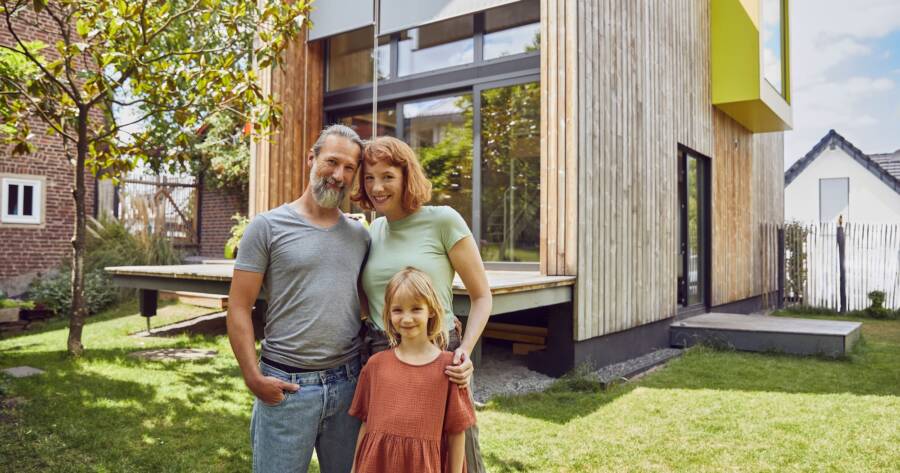Discover cost-effective housing solutions with prefab and tiny homes. Save on construction, enjoy affordability, and embrace sustainable living with reduced energy consumption.
What Are Prefab and Tiny Homes?
Prefab and tiny homes have gained significant attention in recent years due to their affordability and sustainability. These housing alternatives offer numerous financial advantages compared to traditional construction methods and larger homes.
Prefab homes, constructed in sections in a factory setting before being assembled on-site, provide substantial cost savings. In fact, prefab homes can be up to 25% less expensive than site-built homes.1 This cost advantage stems from several factors, including reduced labor costs, efficient material usage, and streamlined construction processes.
Tiny homes, characterized by their compact size and minimalist design, offer another cost-effective housing solution. Depending on the size, a tiny house can typically be built for anywhere between $30,000 and $60,000.2 Due to their smaller size, tiny homes require less material and labor, resulting in significant savings. Additionally, tiny homes often come with energy-efficient features, reducing utility bills and long-term expenses.
Cost-Effective Housing Solutions
The affordability of prefab and tiny homes makes them viable options for individuals and families seeking cost-effective housing solutions. Prefab homes provide an opportunity for homeownership at a lower cost compared to traditional homes, making them accessible to a broader range of buyers. Similarly, tiny homes offer an affordable alternative to traditional housing, particularly for those seeking a minimalist lifestyle or a more affordable entry point into the housing market.
Beyond their initial cost savings, prefab and tiny homes can also lead to reduced ongoing expenses. Prefab homes are often built with energy-efficient materials and construction techniques, resulting in lower energy consumption and utility bills. Tiny homes, due to their compact size and efficient design, naturally consume less energy, further reducing utility costs.
Save Money, Live Better
In addition to their direct financial benefits, prefab and tiny homes offer several indirect financial advantages that contribute to a better quality of life. These homes often require less maintenance compared to traditional homes, reducing long-term expenses. Additionally, the smaller size of tiny homes encourages a minimalist lifestyle, potentially leading to reduced spending on material possessions. In addition, tiny homes, due to their portability, offer the freedom to move to different locations, providing a unique lifestyle advantage.
Learn More About Prefab and Tiny Homes
For individuals interested in exploring the financial benefits and other advantages of prefab and tiny homes, numerous resources are available. Reputable sources such as the U.S. Department of Energy, the National Association of Home Builders, and industry publications provide valuable information and insights on these housing alternatives. Additionally, online forums and communities dedicated to prefab and tiny homes offer firsthand experiences and practical advice from current homeowners.

